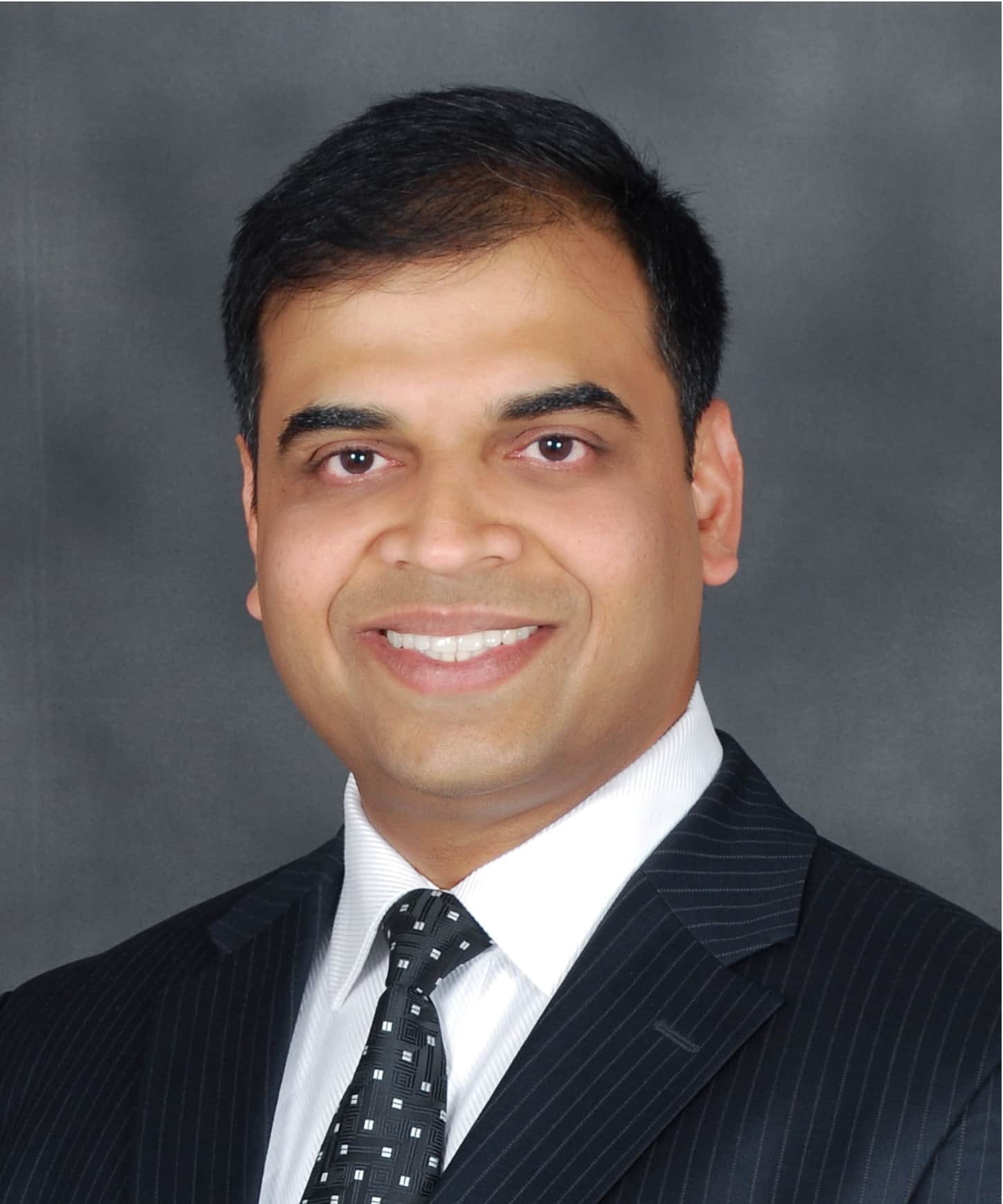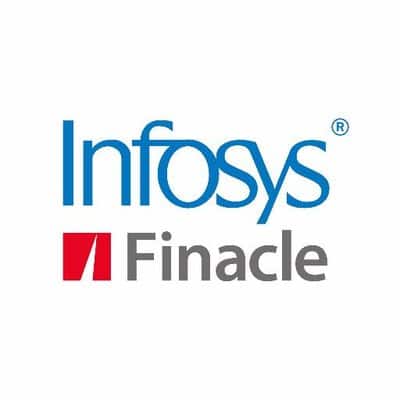Needed, a global standard in banking.

A number of factors combined with the pandemic has left a much-needed global payments initiative, namely the adoption of ISO 20022, in disarray. After years of deliberation, banks around the world had come to an agreement to adopt ISO 20022 standards for payment messages, starting November 2021–which now stands changed. A globally unifying messaging standard was long overdue in the industry. With the exception of SWIFT messaging for international remittances and transfers, banks in different countries have followed their own conventions. For instance, interest is computed based on end of day balance in some places and beginning of day in others, settlement happens on the same day in some places while it takes two additional days in others. There are differences with respect to check clearing as well. In the United States, customers depositing a check through an ATM within three kilometers of their home branch were allowed to withdraw a certain amount on the first two days and the entire amount on the third. On the other hand, in Greece, even customers depositing cash could withdraw it only two days after the date of deposit.
Hence it was felt that adoption of a global messaging standard for both domestic and international payment transactions would bring substantial benefits by way of efficiency, speed, safety, quality, consistency and convenience, and also ameliorate some of the existing challenges of SWIFT.
ISO 20022 as the answer
ISO 20022 had been conceived as a unifying standard that would bring consistency between the financial institutions, the end consumers, and the interbank market down to the recipient of payments or other financial interactions. The standard’s reach is not only limited to payments alone, but also covers trade services, card transactions, cash management, securities and FX. Given technology disruption and globalization, ISO 20022 was a much-needed relief for banks and other players in the financial services space trying to provide innovative payment offerings and seamless experience to end consumers, and SWIFT has taken the lead in migration of payments ecosystem to the new standard.

Going with an ISO standard seemed logical since the banking industry was, in a limited way, already following one – ISO 8583 – to reflect international ATM transactions through the concerned correspondent banking networks. Apart from that, a number of banks were using ISO standards for internal purposes, such as quality control and audit. The hope was that this would not only standardize payment processes around the world, but also bring in the kind of transparency seen in industries such as logistics and ecommerce. Participating banks also expected to benefit in terms of better compliance, improved STP & automation, and the scope to improve customer services, scale efficiencies and introduce new innovative products as well as speeding up international payments.
The ISO 20022 initiative commenced in 2018 with a goal of getting all countries/ regions on board within a self-defined time frame. The United States, which is hugely dependent on checks and has legacy struggles, said that adoption could only happen after 2023. Banks in Europe declared they would align with the November 2021 launch of the global standard, while the United Kingdom said they would be ready a year later. These decisions were based on a commitment that SWIFT, the payment messaging backbone of banks globally, would also migrate its most popular messaging standards series, namely MT100, MT 200 and MT 900, to ISO 20022 by November 2021; this would ensure that 80 percent of high value payment transactions would go through the new standard.
Disruption of plans
Recently, SWIFT has decided to delay the migration to the new standards by a year; the U.S. Federal Reserve followed soon after with an announcement saying that it was putting its adoption plans on the backburner, at least for the next couple of years. In Europe, SWIFT’s move has left all the banks and clearing houses, that had already invested enormous money and effort into the migration, revisiting their plans and managing additional risks. They are now placed in the difficult situation of having to retain the old messaging format for another year despite being ready to upgrade.
Keep the faith
While European banks and others that have progressed towards ISO 20022 migration will experience a certain amount of pain, our view is that they must not backtrack on their plans. The core premise of switching to a unified standard is still sound, and the benefits will outweigh any costs that are incurred in the interim. Keeping their focus, the various participants, including banks, market infrastructure providers and regulators, should mitigate the circumstances by agreeing to a new timeframe for adoption. Now is the time to build global synergies through synchronization of planning, consensus building and coordinating preparation of the roles banks and market infrastructure institutions will play in the value chain. It is important that banks look at the standard as a business opportunity rather than regulatory compliance. Accordingly, banks should continue to prepare their systems and data models to accommodate the new standards. Above all, it is important that banks keep the faith in the unified standard through these challenging times.
Learn how Infosys Finacle can help you with your payments modernization journey and migration to ISO 20022 standards here.
Partnered with:
